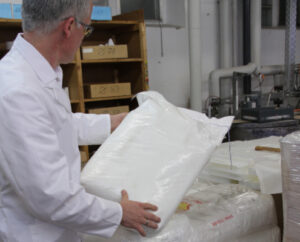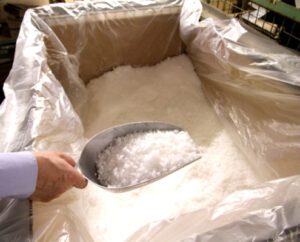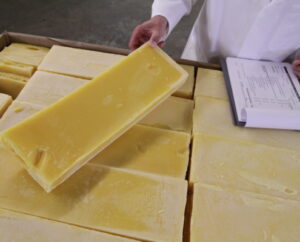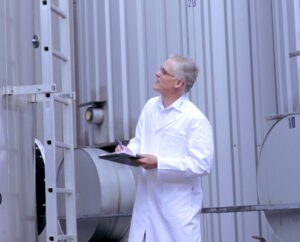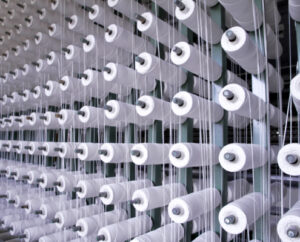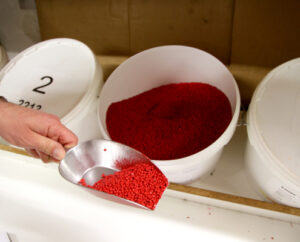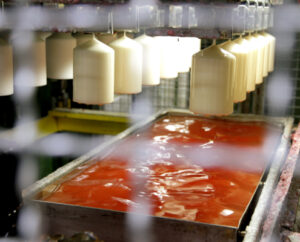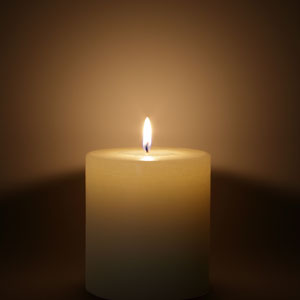quality-certified raw materials!
The raw and auxiliary materials used for quality-certified candles must not have properties, be it their own or those of any impurities, which, if the candles are used as intended or if they are misused in a predictable manner, could have a harmful effect on the consumer’s health, or which could impair the aesthetic appearance of the candle or its suitability for use.
In particular, the following requirements I to VIII must be met at the time of handover from the supplier to the candle manufacturer.
A mixture of fuels is considered to exist if the total of all the components added to a fuel exceeds 5% by weight in accordance with I to IV. This does not include wicks, dyes, varnishes and fragrances. The individual components of fuel mixtures of different raw materials must comply with the respective requirements I to IV.
It is not always possible to transfer these requirements to the finished fuel mixtures.
Fuels for which no specific requirements are defined by I to IV, may make up more than 5% by weight of manufactured quality-certified candles only if they are registered for use as a candle fuel in accordance with REACH Regulation (EC) No. 1907/2006. As long as there is only a pre-registration, or they are exempt from the obligation to register, or they are generally exempt from REACH, the external quality assurance institute must first confirm the safety to health in accordance with the General Quality Assurance and Test Specifications for Candles, point 2.
Suppliers designated by the Quality Association shall carry the certificate of conformity in accordance with EN 10204, point 3.1 “Factory certificate 2.1”.
The established test methods take into account the use of raw and auxiliary materials in fuels for candles. Validated test methods are currently not available for threshold values marked with “*”.
